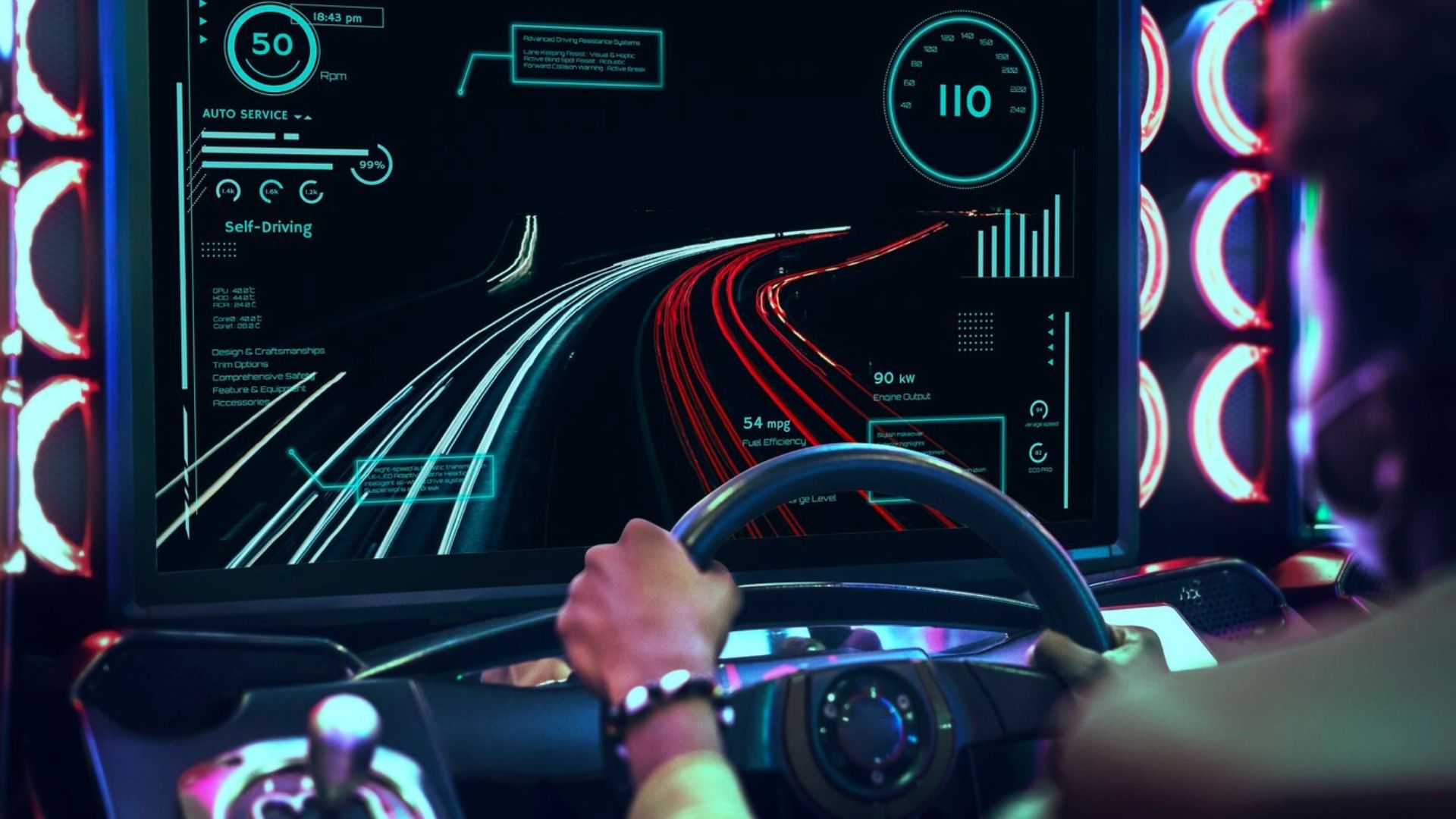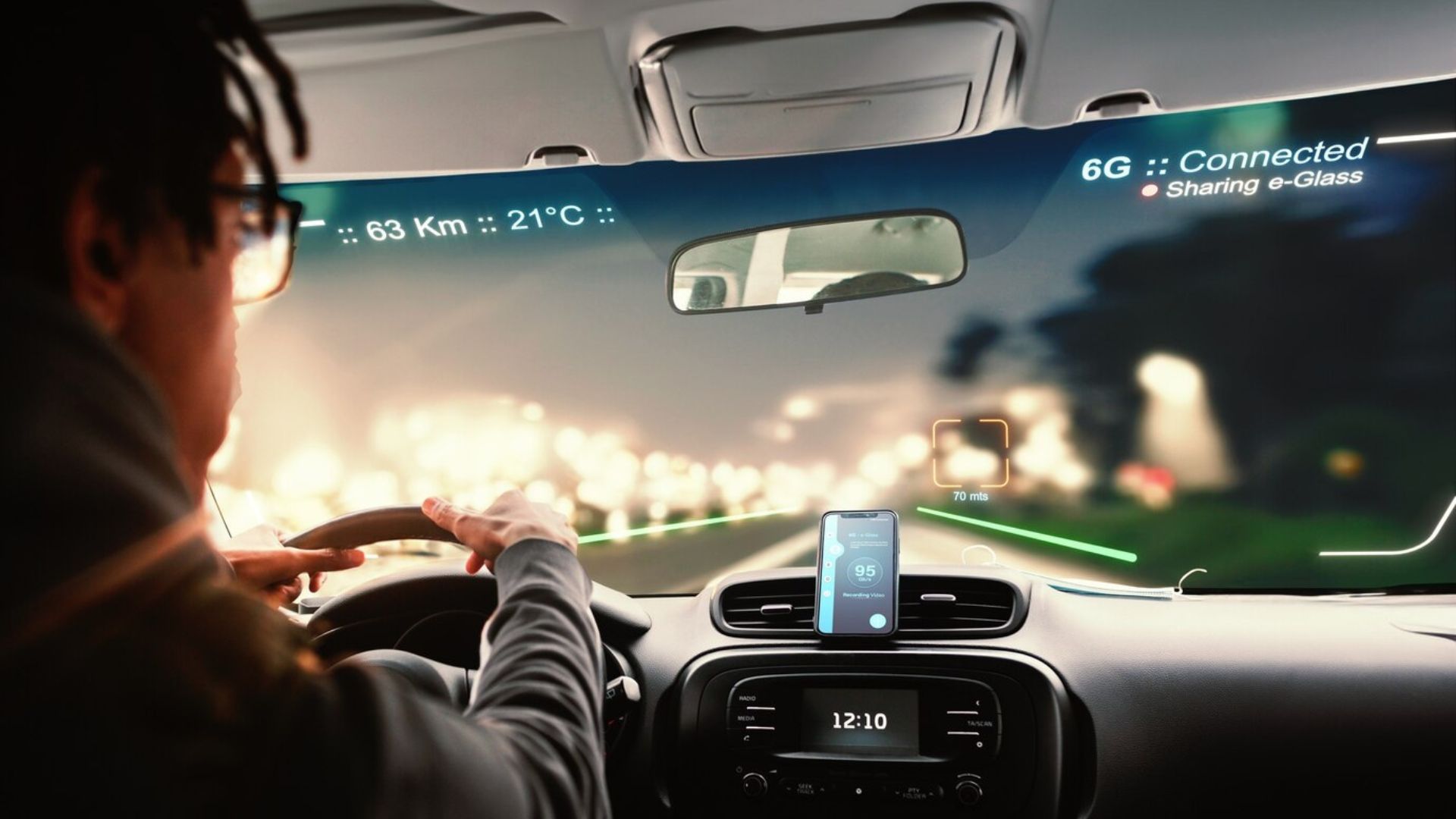|
Getting your Trinity Audio player ready…
|
Virtual Reality (VR) has emerged as a revolutionary tool, transforming the way cars are conceptualized, prototyped, and experienced. This immersive technology has transcended traditional design processes, offering designers unprecedented capabilities and consumers unique insights into the vehicles of the future. Virtual Reality, once confined to the realms of gaming and entertainment, has found a new frontier in the automotive industry. Car manufacturers and designers are leveraging VR to push the boundaries of creativity, efficiency, and user experience. This article explores the multifaceted impact of Virtual Reality on automotive design, from the initial stages of conceptualization to the final product that rolls off the assembly line.

Design Conceptualization in Virtual Reality
More so, in the initial phases of automotive design, Virtual Reality (VR) introduces designers to a virtual realm where they can conceptualize and manipulate vehicle designs in three dimensions. Traditional sketching and 2D renderings are seamlessly augmented by immersive experiences, allowing designers to not only envision but practically engage with virtual car models. This innovative approach transforms the design process, enabling designers to walk around, sit inside, and interact with their creations. This heightened level of engagement facilitates a more intuitive understanding of proportions, aesthetics, and spatial dynamics, thereby fostering creativity and pushing the boundaries of traditional design constraints. As designers seamlessly transition from conventional methods to the immersive possibilities of VR, the automotive design landscape undergoes a profound shift towards a more dynamic, interactive, and creatively liberating future.
Prototyping and Iteration
Traditionally, creating physical prototypes could be a time-consuming and expensive process. Virtual Reality accelerates prototyping by allowing designers to visualize and iterate on designs in real time. This not only reduces the time and cost associated with physical prototypes but also enhances the precision of design iterations. Additionally, designers can quickly modify elements, evaluate various options, and receive immediate feedback, streamlining the entire prototyping phase.
Collaborative Design across Continents
In a globalized industry, collaboration is often hindered by geographical distances. Virtual Reality acts as a bridge, connecting designers and engineers across the world in a shared virtual space. This collaborative environment facilitates real-time discussions, allowing teams to collectively view, evaluate, and refine designs. This not only accelerates the design process but also harnesses the collective expertise of a diverse team, leading to more innovative and globally influenced car designs.
Human-Centric Design and User Experience
VR is actively transforming not only how cars are designed but also how users experience and interact with them. Automotive designers are utilizing VR to simulate and optimize the user experience within a vehicle. From adjusting the ergonomics of the driver’s seat to refining the placement of controls and interfaces, VR enables designers to create a more human-centric driving experience. This focus on user experience contributes to safer, more comfortable, and aesthetically pleasing car interiors.
Virtual Showrooms and Consumer Engagement
Beyond the design studio, Virtual Reality is reshaping the way consumers explore and engage with vehicles. Virtual showrooms offer potential buyers the opportunity to “test drive” cars without leaving their homes. Customers can experience different models, customize features, and even take virtual road trips to get a feel for the driving experience. This immersive approach not only enhances customer engagement but also influences purchasing decisions by providing a more tangible connection to the product. The capacity to virtually interact with a vehicle, exploring its features and envisioning it in various scenarios, significantly enhances the buying experience. As automotive manufacturers strategically leverage the power of Virtual Reality in consumer engagement, the conventional car-buying journey is seamlessly evolving. Additionally, it’s transitioning into a dynamic, interactive, and customer-centric process that adeptly aligns with the digital expectations of today’s tech-savvy consumers.
Training and Skill Development
Furthermore, virtual reality not only extends to the design and consumer realms but also actively serves as a valuable tool for training and skill development in the automotive industry. Engineers and assembly line workers can undergo virtual training sessions, simulating assembly processes, troubleshooting scenarios, and maintenance tasks. Additionally, this not only reduces training costs but also enhances the efficiency and expertise of the workforce, contributing to higher-quality manufacturing processes.
Testing and Safety Simulation
Moreover, safety is paramount in the automotive industry, and VR plays a crucial role in testing and simulation. Virtual Reality enables engineers to simulate various driving conditions, test safety features, and analyze potential hazards. Furthermore, in the virtual testing ground, designers can comprehensively evaluate a vehicle’s performance, ensuring adherence to safety standards even before producing a physical prototype.
Conclusion
In conclusion, virtual reality has become a transformative force in automotive design, influencing every stage of the process from conceptualization to consumer engagement. The technology’s evolution promises more innovative applications, including augmented reality in car maintenance, AI-driven design assistance, and enhanced collaborative tools. This marriage of Virtual Reality and automotive design is not merely a technological advancement; it’s a paradigm shift that redefines the creative and functional aspects of the vehicles we drive today and will drive tomorrow. In the immersive landscapes of Virtual Reality, the automotive industry is actively shaping the future of automotive design. More so, embracing the potential of VR, the industry anticipates a dynamic future where it pushes design boundaries, reaches new heights in collaboration, and provides consumers with a level of engagement and personalization that was once unimaginable in the automotive realm.
You might also be interested in:
